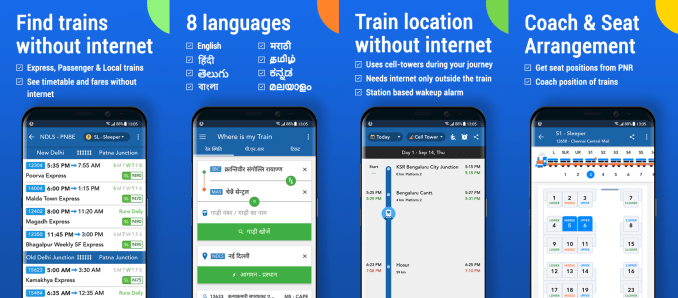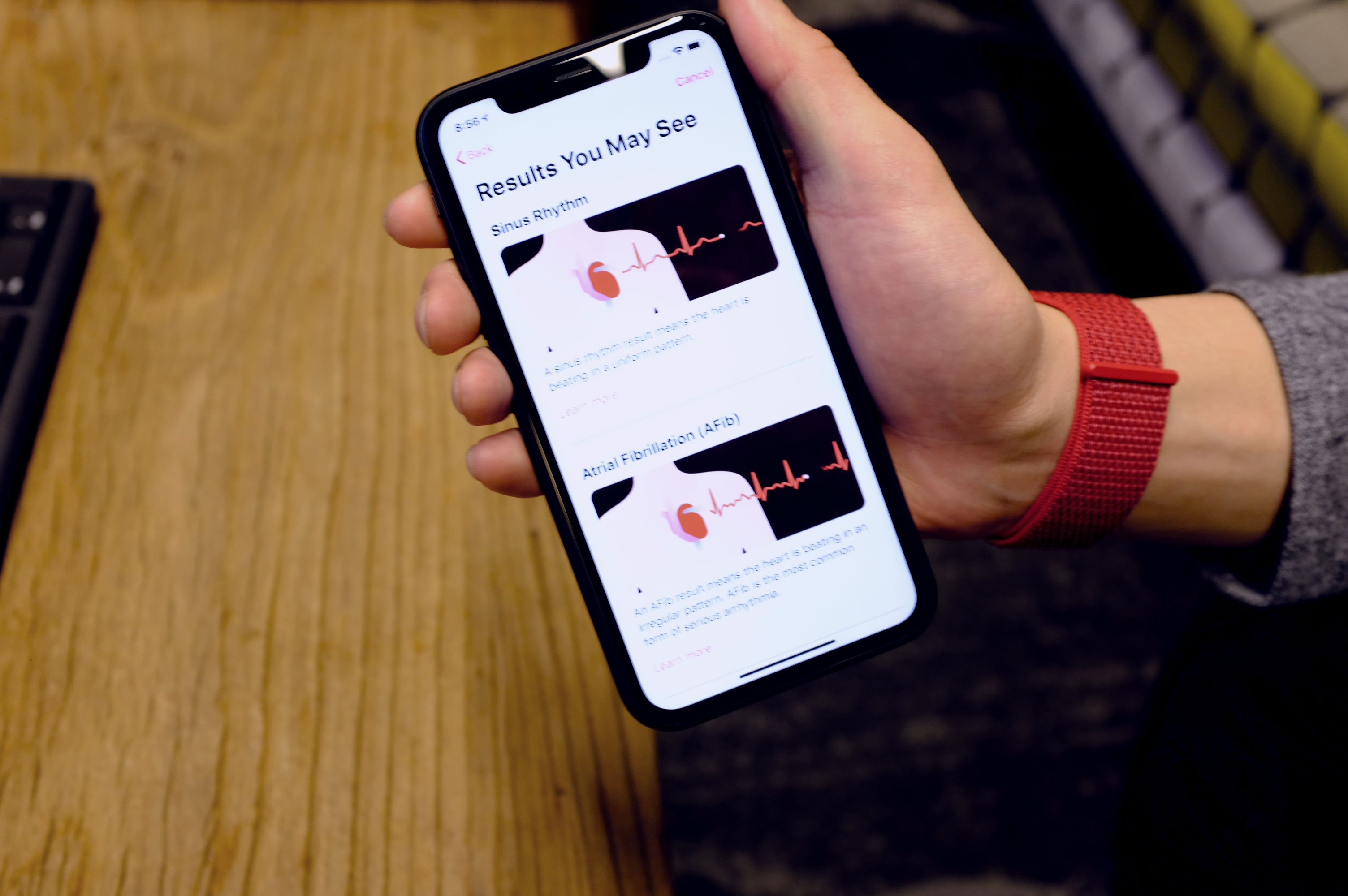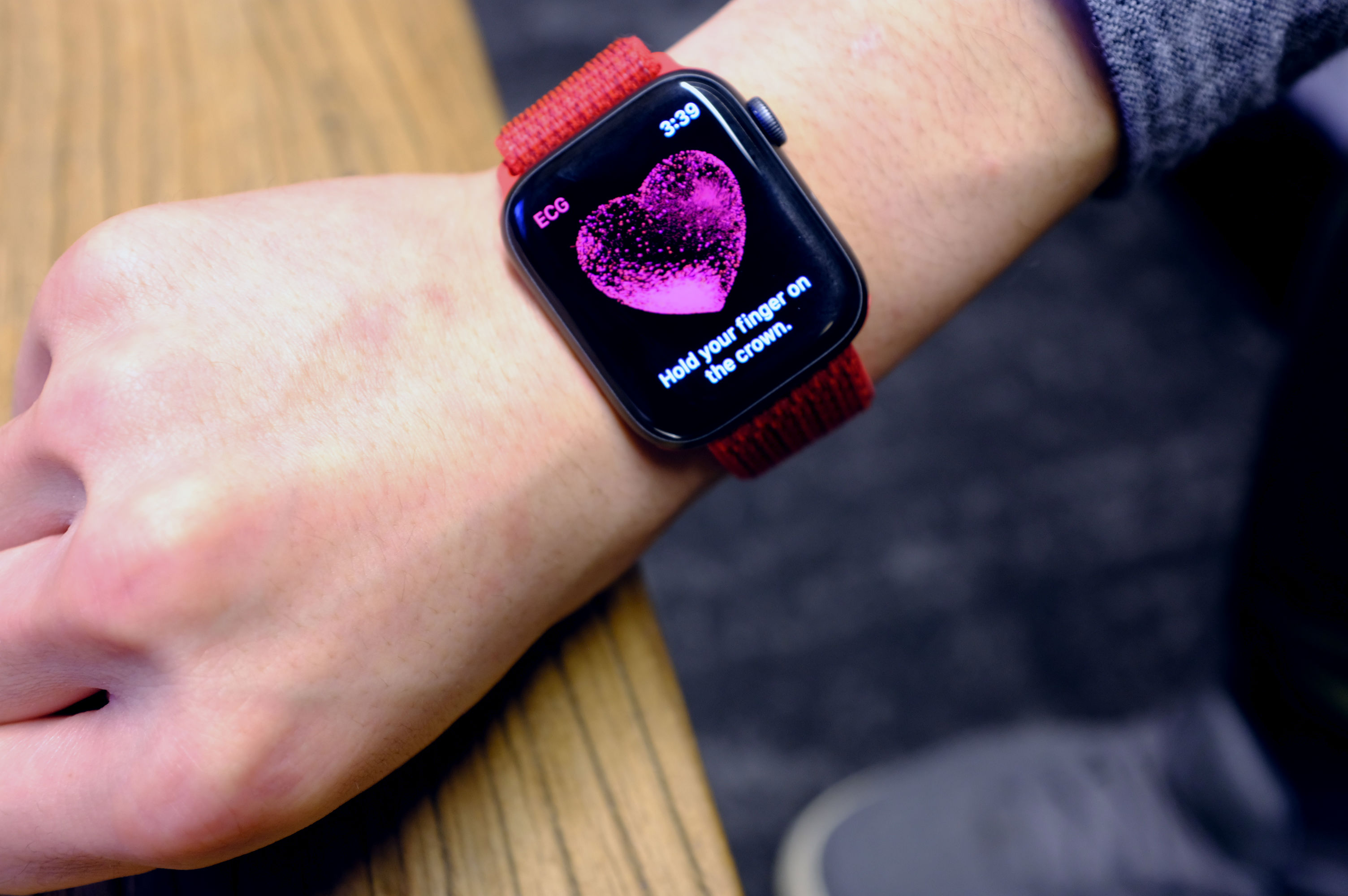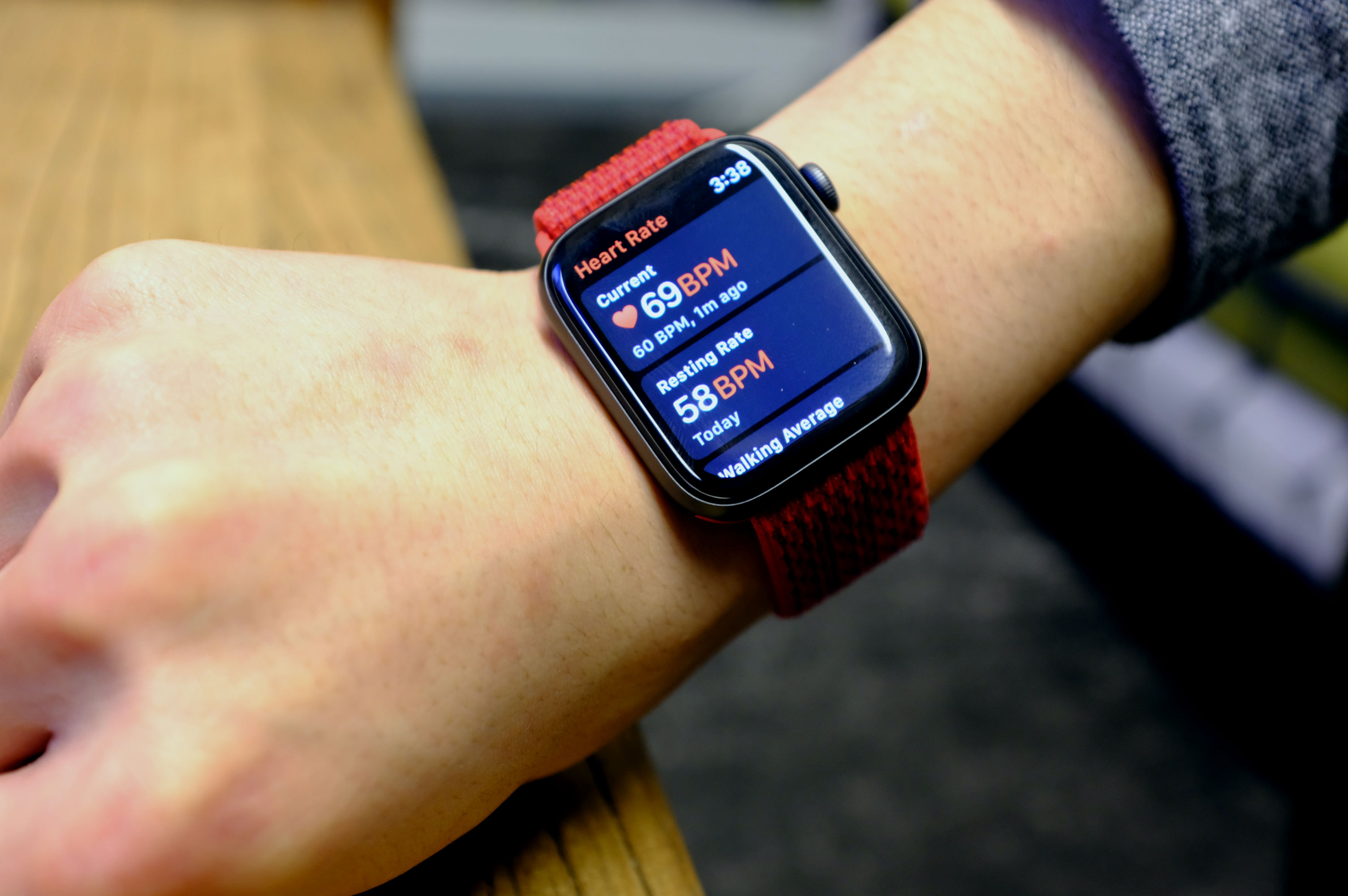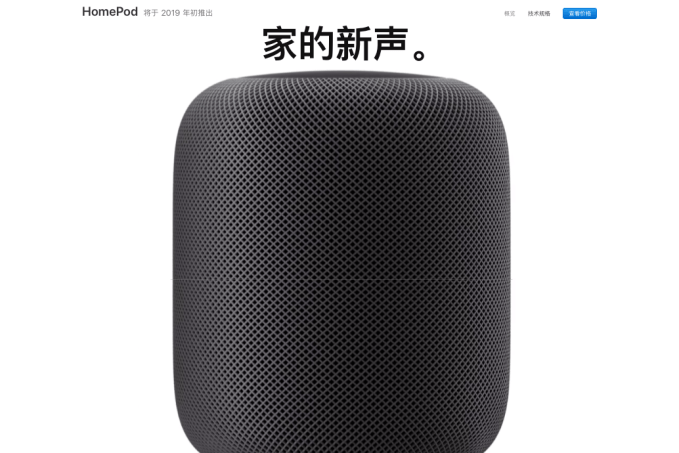A group of U.S. tech giants, including Apple, Google and Microsoft, have collectively denounced the new so-called “anti-encryption” law passed by the Australian parliament last week.
The bill was passed less than a day after the ruling coalition government secured the votes from opposition Labor lawmakers, despite strong objection from tech companies and telcos.
“The new Australian law is deeply flawed, overly broad, and lacking in adequate independent oversight over the new authorities,” said the Reform Government Surveillance coalition in a statement. The tech companies added that the law would “undermine the cybersecurity, human rights, or the right to privacy of our users.”
It’s the latest rebuke since the bill’s passing, following an extensive lobbying effort by Silicon Valley to push back on the anti-encryption proposals.
The law allows Australian police and the intelligence agencies wide-reaching powers to issue “technical notices” — essentially forcing companies and even websites operating in Australia to help the government undermine encryption or insert backdoors at the behest of the government. Critics argue that there’s little oversight, potentially allowing abuse of the system. And because the notices will almost always be issued with a gag order, any technical notices are served behind closed doors in secret.
Companies that refuse to comply with the demands in a technical notice can be served heavy financial penalties.
The Australian government won in part by accusing Labor of using scare tactics, saying that the opposition party was choosing to “allow terrorists and pedophiles to continue their evil work in order to engage in point scoring,” said Australian defense minister Christopher Pyne, in a since-deleted tweet. Labor caved in to the pressure, and party leader Bill Shorten instructed his members to vote for the bill. He promised that the party would offer amendments to the law once passed in the coming months, while keeping “Australians safer over Christmas.”
The tech coalition said it’ll hold the Australian parliament’s feet to the fire, urging lawmakers to “promptly address these flaws when it reconvenes” in the new year.
The group, which also includes Dropbox, Facebook, Google and Yahoo parent company Oath (which also owns TechCrunch) — was set up after the companies were named in classified U.S. documents as participants in the secret National Security Agency program, dubbed PRISM. All of the companies denied their willing involvement, and began a collective effort to lobby the government to reform its surveillance operations — many of which rely on compelled assistance from tech companies and telcos.
Evernote, LinkedIn, Snap and Twitter, which weren’t named as PRISM partners, later joined the coalition, and also signed on to the letter.
Cisco and Mozilla joined other companies in separately filing complaints with Australian lawmakers ahead of the planned vote, arguing that the law “could do significant harm to the Internet.”
from Apple – TechCrunch https://ift.tt/2zP8MK0
